Tree planting – is it always a good thing?
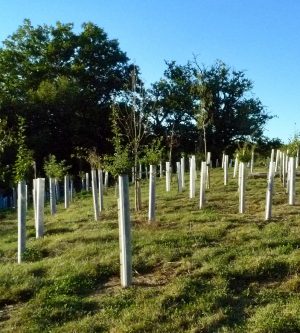
A number of initiatives both national and inter-national have focused on the possibility of large scale tree planting as a means of reducing the effects of climate change and keeping global warming below the critical 2oC threshold. Indeed, some researchers have estimated that restoring and creating forests could reduce atmospheric carbon dioxide levels by 25%, ‘sucking out’ some (extra) 200 gigatonnes of CO2 and locking it away in wood.
However, there are problems with this approach.
-
- Some estimates suggest that human activities have added a massive 600 gigatonnes of CO2 to the atmosphere over the millennia
- Restoring or establishing forests is not a ‘simple matter’ of planting some trees (albeit millions of them); there are technical and financial challenges (see * below, for exmple).
- Even if new forests and woodlands could be established, it would take decades before they would be mature enough to store significant amounts of carbon. Growth of forests and woodlands would be faster in tropical and sub-tropical areas. Growth would be slower in temperate areas such as the U.K.
- Consideration would need to be given to the types of tree used. Planting trees ‘plantation style’ would not be good for storing carbon long term.
- Focusing solely on tree planting could distract from other efforts / approaches to climate change. A portfolio approach is probably what is needed.
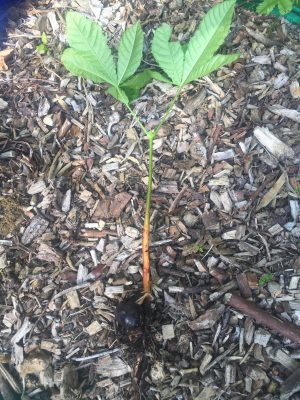 Space and other factors would make restoration feasible in many areas where tropical rain forest has previously existed. Though there have been many efforts to reduce deforestation and clear cutting, satellite imaging shows that the process continues and more recently fires have been a problem. Areas that could include ‘restoration hotspots’ might include Brazil, Indonesia, India, Colombia and Madagascar.
Space and other factors would make restoration feasible in many areas where tropical rain forest has previously existed. Though there have been many efforts to reduce deforestation and clear cutting, satellite imaging shows that the process continues and more recently fires have been a problem. Areas that could include ‘restoration hotspots’ might include Brazil, Indonesia, India, Colombia and Madagascar.
However, planting trees in tropical and sub-tropical grasslands would not be a good idea as
- Grasslands store carbon in the soil
- Grasslands are reserves of biodiversity
- Tree planting would decrease biodiversity
- Trees can reduce the water in streams and water courses by intercepting rainfall - affecting animals and humans
- The albedo or reflection coefficient would change. Snow has a high albedo, that is it reflects much of the light that hits it back out into space. Darker objects reflect less light / radiation and absorb more - i.e. trapping heat that would otherwise be reflected back into space. Forests tend to be darker than grassland, so absorb more heat.
In India, colonial forest officials introduced various 'alien' tree species like acacia, pine, silver oak, and eucalyptus to the grassland of the Nilgiri plateau and planted them widely from the 1820s to the 1930's. The grasslands were perceived as degraded ecosystems due to persistent fires and cattle grazing by local tribes; but it is important that grasslands are recognised as significant ecosystems in their own right and not to be used in forestation programs.
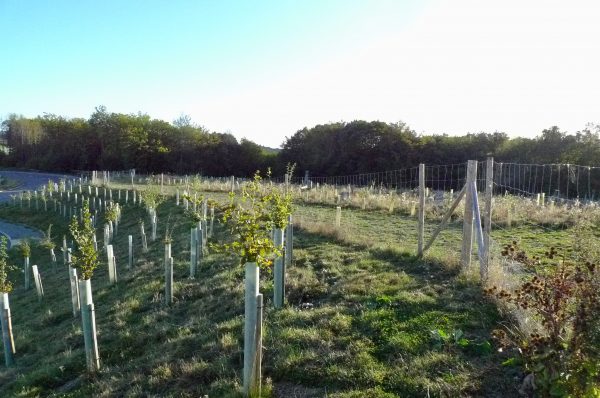
UK Schemes* for the large-scale planting of trees / woodlands focus on encouraging farmers
and land owners to remove farmland from production. Removing productive farmland on the scale envisaged could lead to a significant increase in prices for home-grown food.
Rather than wholesale planting of trees in the U.K, the following strategies might be better employed
- Protecting and restoring ancient woodlands so as to protect their flora and fauna.
- Redressing the devastating effect on flora and fauna caused by extensive conifer planting of the post war period (1950’s and 60’s)
- Set targets for tree planting in rural areas in England but at lower levels than those proposed
- Work to encourage the reconnecting of fragmented woodlands - the creation of corridors so species can move around the country.
- Planting more trees in urban areas ; giving greater public access to green spaces, improve quality of life and reduce pollution.
- Support planting / reforestation schemes in the Tropics and sub-tropics, where growth rates are generally faster.
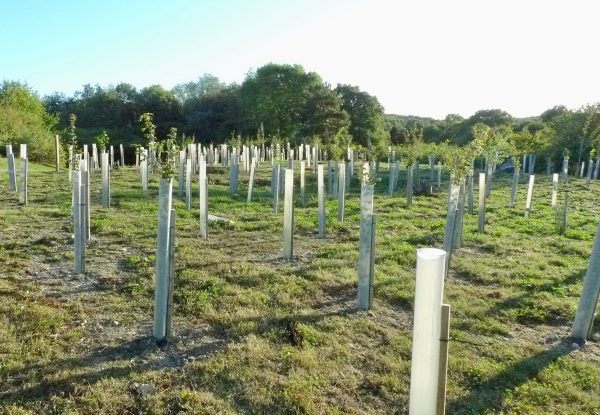
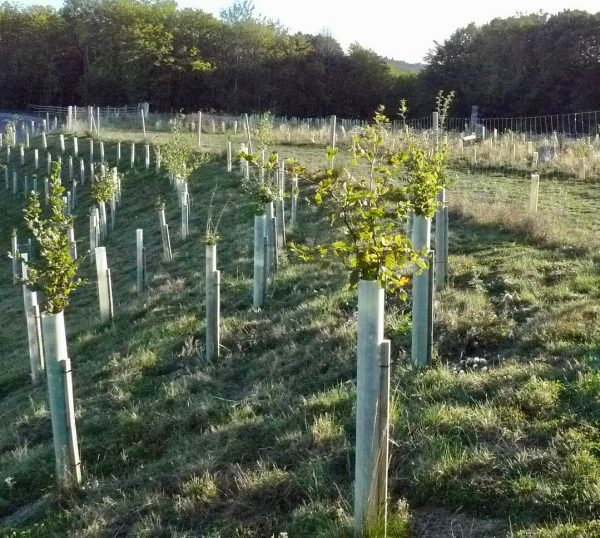
Comments are closed for this post.
